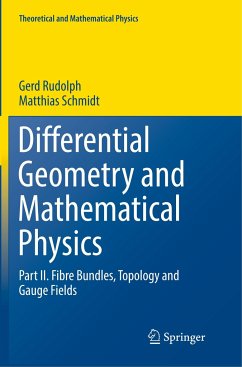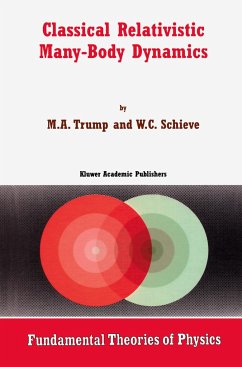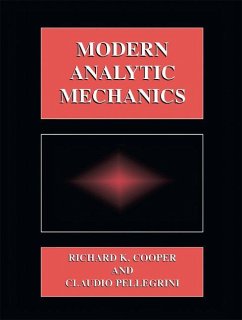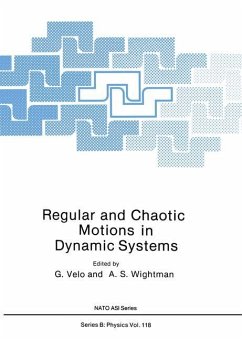
Global Aspects of Classical Integrable Systems

PAYBACK Punkte
19 °P sammeln!
This book gives a complete global geometric description of the motion of the two di mensional hannonic oscillator, the Kepler problem, the Euler top, the spherical pendulum and the Lagrange top. These classical integrable Hamiltonian systems one sees treated in almost every physics book on classical mechanics. So why is this book necessary? The answer is that the standard treatments are not complete. For instance in physics books one cannot see the monodromy in the spherical pendulum from its explicit solution in terms of elliptic functions nor can one read off from the explicit solution the f...
This book gives a complete global geometric description of the motion of the two di mensional hannonic oscillator, the Kepler problem, the Euler top, the spherical pendulum and the Lagrange top. These classical integrable Hamiltonian systems one sees treated in almost every physics book on classical mechanics. So why is this book necessary? The answer is that the standard treatments are not complete. For instance in physics books one cannot see the monodromy in the spherical pendulum from its explicit solution in terms of elliptic functions nor can one read off from the explicit solution the fact that a tennis racket makes a near half twist when it is tossed so as to spin nearly about its intermediate axis. Modem mathematics books on mechanics do not use the symplectic geometric tools they develop to treat the qualitative features of these problems either. One reason for this is that their basic tool for removing symmetries of Hamiltonian systems, called regular reduction, is notgeneral enough to handle removal of the symmetries which occur in the spherical pendulum or in the Lagrange top. For these symmetries one needs singular reduction. Another reason is that the obstructions to making local action angle coordinates global such as monodromy were not known when these works were written.














